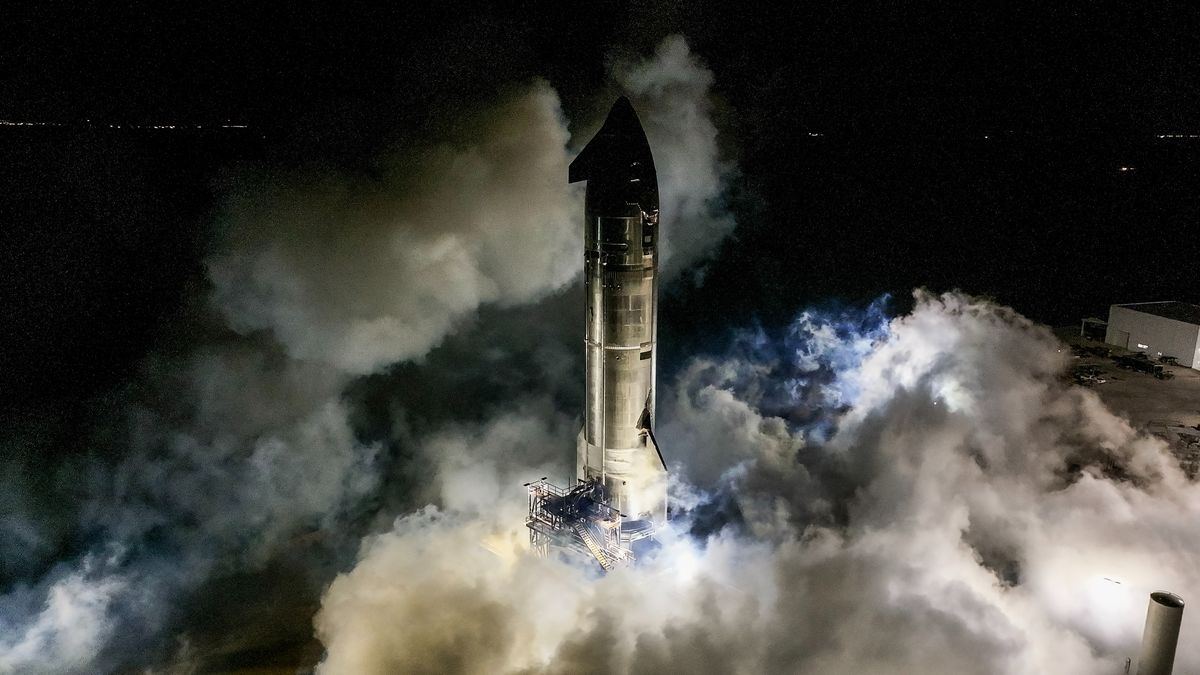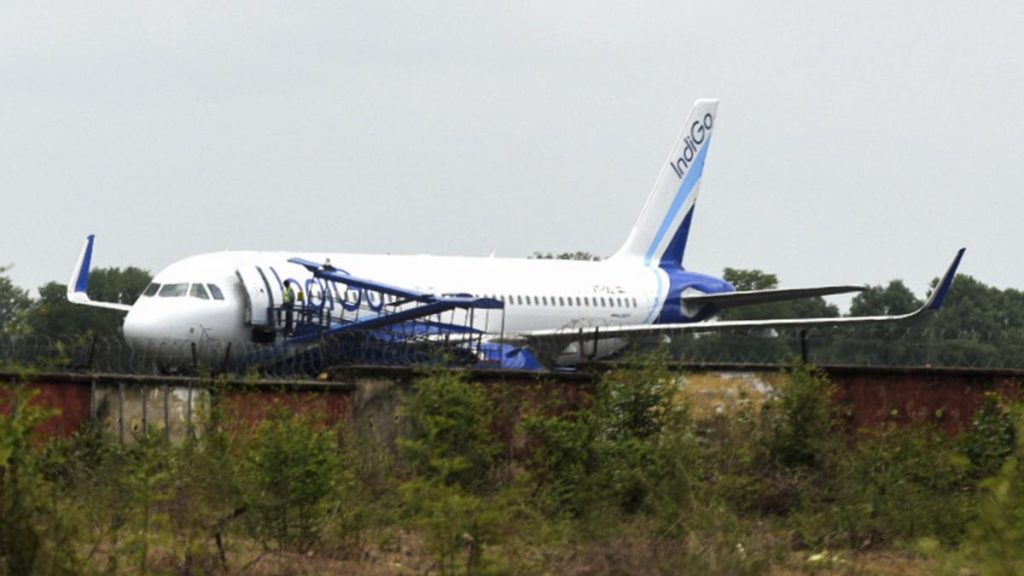Now Reading: SpaceX Starship Flight 9: Launch Schedule for May 27
-
01
SpaceX Starship Flight 9: Launch Schedule for May 27
SpaceX Starship Flight 9: Launch Schedule for May 27

Speedy Summary:
- Event: SpaceX’s Starship Flight 9 launch is scheduled for May 27, 2025, at 7:30 PM EDT (2330 GMT), from Boca chica Beach, Texas. Backup dates are May 28 and May 29.
- Highlights:
– Ninth test flight features attempts to reuse the Super Heavy booster.
– Previous launches (Flight 7 and Flight 8 in January and March) had failures with the upper stage while boosters were successfully caught.- Starship vehicle stands at approximately 400 feet, making it the world’s largest reusable rocket designed for lunar and Mars missions.
- Flight Details:
– Duration: About one hour; includes deploying eight Starlink satellite simulators into a suborbital trajectory.
– Booster landing in the Gulf of Mexico; discarded instead of being caught due to reuse testing objectives.
- Live Coverage: The launch will be livestreamed on SpaceX’s website, X social media account, X TV App, YouTube channels like Space.com and NASASpaceflight.com.
Indian Opinion Analysis:
The upcoming Flight 9 test is critical for advancing reusable spacefaring technology-a goal that aligns with global ambitions to facilitate interplanetary exploration economically. For India’s burgeoning space industry spearheaded by ISRO, such technological breakthroughs highlight the importance of expanding capabilities in reusable aerospace technology alongside recent successes like chandrayaan-3.
India possesses strategic opportunities to collaborate internationally or accelerate domestic R&D as nations aim toward lunar bases or Mars explorations-the progress by private entities such as SpaceX indicates where future competition may emerge technologically or commercially. Moreover, reliance on reusability could lead industries across nations toward sustainable innovation within satellite deployments-a pertinent integration into India’s growth strategy considering its rural connectivity challenges.

























